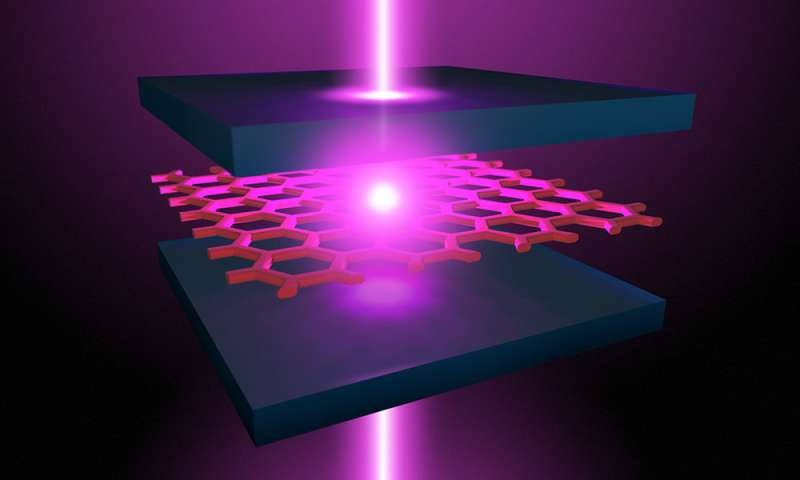Best of Last Week – Creating negative mass, a recipe for starting life on Earth and fast food's impact on immune system

It was another good week for physics, as a team at the University of Rochester announced that they had created a device that creates negative mass, and along with it, a novel way to generate lasers. Their device works in atomically thin semiconductors with confined light. Also, an international team of physicists announced that they had created the first direct images of the square of the wave function of a hydrogen molecule—which allowed for visually imaging entanglement between electrons. And a team with members from the U.S. and Israel demonstrated an example of accelerating light beams in curved space—by shining a laser along the inside shell of an incandescent light bulb. Also, a team working at the U.S. DOE's Brookhaven National Laboratory reported on surprising results they found when studying spin. They observed an unexpected skew when studying spinning protons colliding with protons of different sizes.
In Earth and space news, a team at the U.S. DOE's Lawrence Berkeley National Laboratory suggested that the ingredients for life might be revealed in meteorites that fell to Earth. They have been studying two space rocks that made it through our atmosphere and crashed into the ground back in 1988—both contain liquid water and a mix of complex organic compounds essential for life. Also, a team of chemists at the Scripps Research Institute discovered a plausible recipe for early life on Earth. They suggest that key chemical reactions that occur today that are needed to support life could have occurred with ingredients that were likely present on Earth 4 billion years ago. And a team at the University of Montreal came up with a theory that upends current ideas of stellar evolution. Using data from the Kepler Space Telescope, the team mapped the interior of a white dwarf star and found that its vibrations reached all the way to its own core. Also, a team led by Christopher Russell of the Pontifical Catholic University of Chile announced that they had developed technology that will take viewers to the center of the Milky Way—the new visualization uses data from NASA's Chandra's X-ray observatory and relies on use of virtual reality goggles.
In unrelated news, a team at the University of Queensland found that general anesthetics do more than put you to sleep—they also restrict communication between brain regions.
And finally, if you are one of the millions who regularly consume food purchased through a drive-thru, you might be interested in a study done by a team at the University of Bonn—they found that fast food makes the immune system more aggressive in the long term, which is not a good thing, because it promotes inflammation.
© 2018 ScienceX